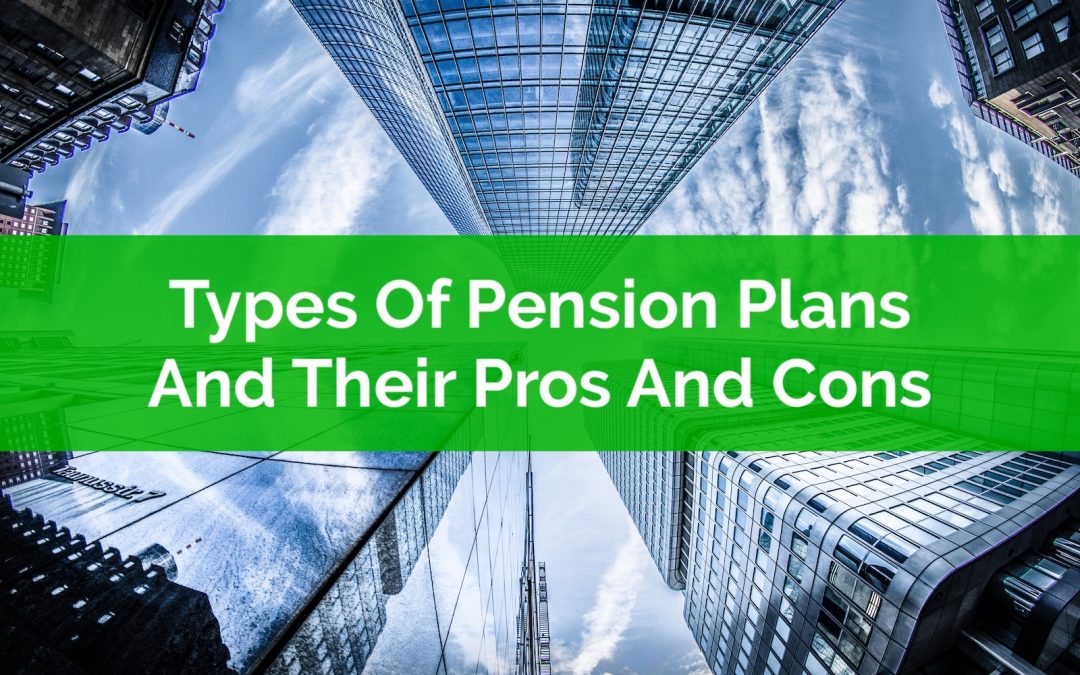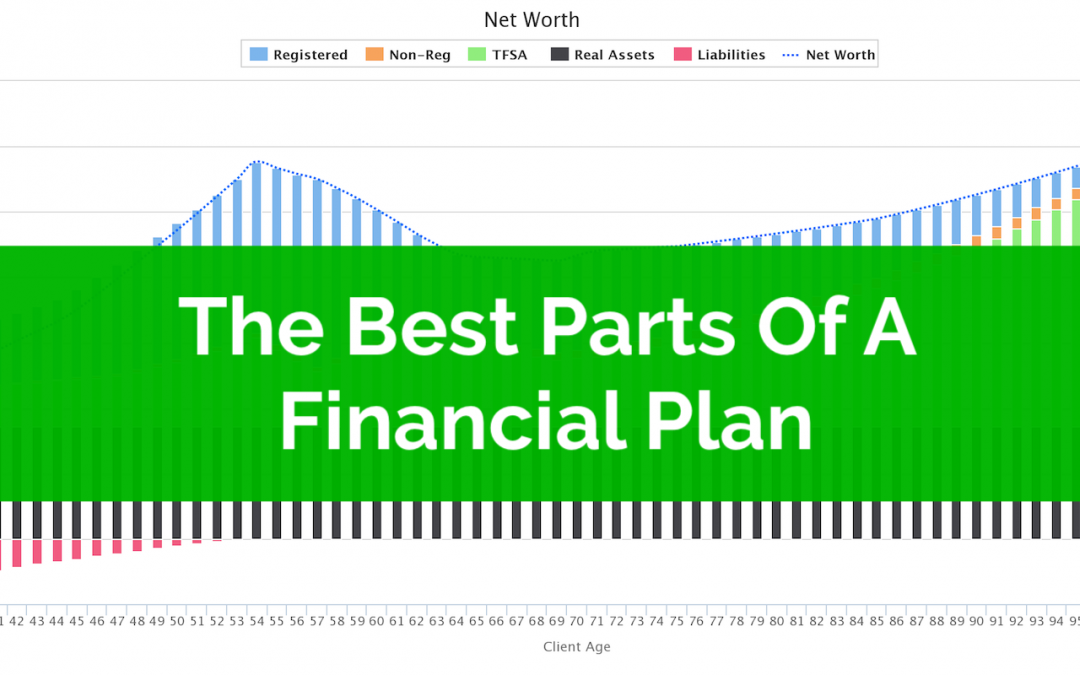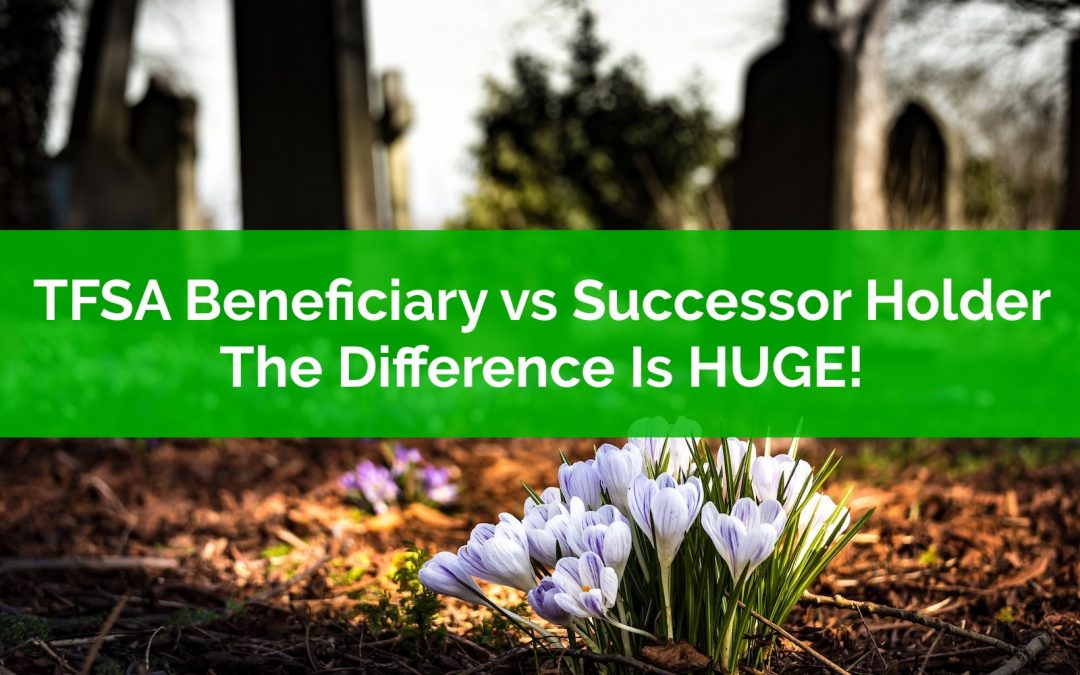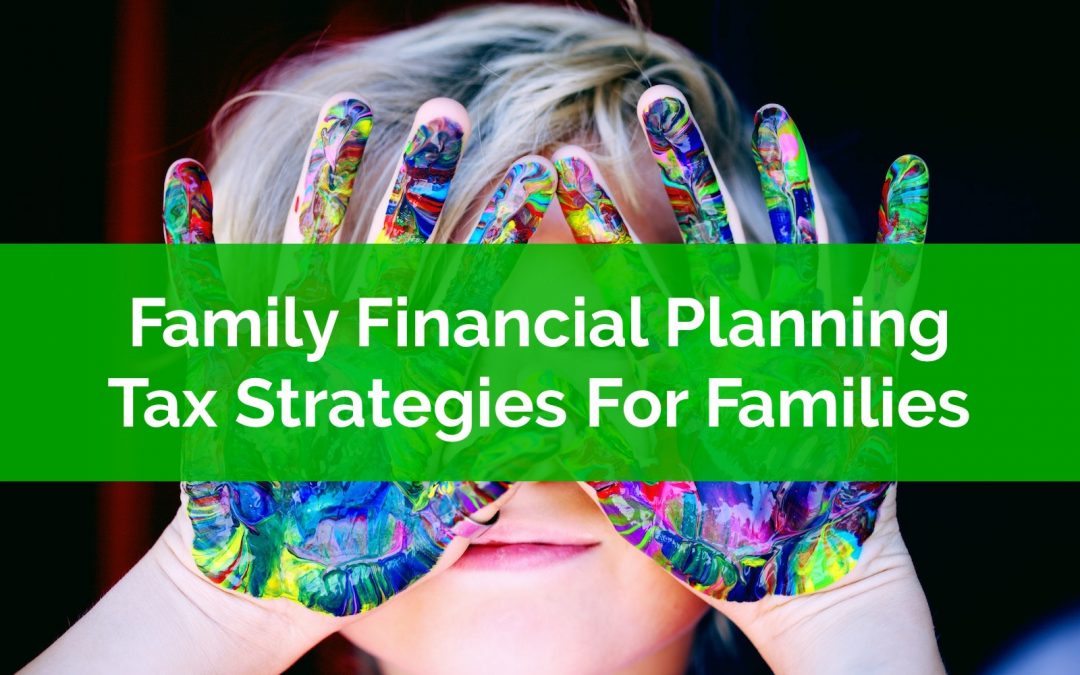
by Owen | Nov 25, 2019 | Financial Planning, Retirement Planning
There are three main pension arrangements in Canada and most people, if they have a pension plan, have one of these three main types. There are defined benefit pensions, defined contribution pensions, and group-RRSPs. Each of these have their pros and cons. (There are also some unique pension plans but these are typically intended for high income executives or business owners.)
Having an employer pension plan can be a huge benefit for retirement. An employer pension makes saving for retirement easier by taking deductions directly off your income, plus it also typically comes with employer matching. This employer matching can be worth anywhere from a few percent of your salary all the way up to 18% of your salary (depending on the plan and the retirement benefits provided).
The automatic nature of pension contributions make them a great way to save for retirement. This “forced savings” is a huge benefit in itself, regardless of the employer matching.
Depending on the type of pension you have, this money gets paid out in different ways at retirement. Some plans cannot start before a certain age while others can be accessed earlier. Depending on your retirement goals this flexibility (or lack of flexibility) is an important consideration in your financial plan.
Some pensions, specifically defined benefit pensions, may also come with health benefits, travel benefits, or life insurance benefits after retirement. This can be another important benefit of a defined benefit pension plan, one that shouldn’t be ignored (especially when deciding between a defined benefit pension and a commuted value option).
It pretty much always makes sense to participate in an employer pension plan, but the different plans do have their pros and cons. Let’s explore the three main types of plans in Canada and their pros and cons.

by Owen | Nov 18, 2019 | Behavioral Finance, Financial Planning, Investment Planning, Windfalls
At some point in their life many investors are faced with deciding how to invest a large sum of money. This large sum of money could be from something like an unexpected bonus, or the proceeds from downsizing a home, or from something unfortunate like the passing of a family member.
Investing a lump-sum can be a daunting experience for even the most experienced investor. There can be a lot of fear and worry when it comes to investing a large lump-sum. Fear of what could happen if the market drops right after you invest.
Often this fear and worry can cause delays. Sometimes these delays can extend for months or even years, with large piles of cash sitting in a savings account waiting for the “right time” to invest.
These fears are understandable. There is a fairly good chance when investing a lump-sum that you could see the balance drop in the future. In the example below you’ll see that during approximately 67.3% of historical periods investing all at once is the better financial decision, but that means 32.7% of the time it is not.
There are two main methods when it comes to investing a lump-sum. Which method you choose will depend on how you’re feeling. Are you worried about what might happen if you invest a lump-sum all at once? Or are you ok with the risk because there is a good chance of higher financial gain?
When deciding how to invest a large lump-sum there are two common methods. One method is to invest the entire lump-sum all at once. This is mathematically the best option. The other is to dollar cost average smaller amounts into the market over time. This is psychologically often the best option.
Psychology is one consideration when choosing how to invest a large sum of money. Probability and expected return is another consideration. These are two important considerations when choosing how to invest a lump-sum.

by Owen | Jul 1, 2019 | Financial Planning, Retirement Planning
Financial planning is a fascinating process. When building a financial plan there are equal parts of finance (math, numbers, money etc), and personal (values, goals, risk aversion etc). This makes every financial plan unique. No two financial plans are the same. Even when two people start with the exact same income, assets, debt and expenses, the fact is their plan will differ because they have different goals and personal values.
Even though the plan may differ, there are certain parts in a financial plan that never change. There are net worth projections, income projections, cash flow planning, income and expenses etc etc.
In this post, I’m going to highlight some of my favorite parts of a financial plan. These are what I would consider to be the best parts of a financial plan, the most interesting, the best of the best. But it doesn’t represent everything. There are many great parts of a financial plan and the “best” part can differ from plan to plan.
For example, we won’t talk about government benefits below, but for many households, especially those with children under the age of 17, government benefits play a big role in their financial plan. We recently did a plan for a young family where a few small changes allowed this family to reduce their income tax and increase their government benefits by $100,000+ over the course of their plan! That would definitely be the best part of that plan!
What we will cover in this post are net worth projections, debt payoff plans, planning around different income sources, and how we understand the “success rate” of a plan.

by Owen | Mar 25, 2019 | Financial Planning
We’re always told to make sure we have beneficiaries designated on all our accounts. We’re told to make sure that our beneficiaries are in accordance with our final wishes and we’re also told to review them regularly.
But when it comes to the TFSA there is another, more important designation, the successor holder, and in some cases we don’t want to list a beneficiary on our TFSA we want to list a successor holder instead.
There are lots of benefits to having a beneficiary (or successor holder) designated on your account. It helps expedite things after you pass. It helps your loved ones access cash and investments faster. It helps avoid probate fees. And it helps keep assets from entering the estate and getting held up in the estate process.
Having a beneficiary also helps to keeps things private. When you don’t have a beneficiary list on your account, your assets pass through your estate. Estate information is available to the public, so any assets passing through your estate are out there available for everyone to see. By naming a beneficiary on your account, the assets in that account avoid your estate and go directly to the beneficiary. They’re kept private and no one knows the details.
But when it comes to the TFSA there is another designation that you can make on your account. The difference is subtle, but like many things in personal finance the impact can be HUGE.
When it comes to the TFSA you can designate someone a beneficiary but you can also name someone a successor holder.
Here’s the difference…

by Owen | Feb 11, 2019 | Financial Planning, Tax Planning
Families in Canada have a very unique financial planning opportunity that isn’t available to other Canadians. This opportunity can help boost their savings and provide them with more cash flow to save in the future. With a bit of careful planning families can reduce their overall marginal effective tax rate and save more money.
First, a little background…
In Canada, there are two types of “tax rates”. The first is income tax. This one is easier to understand. As your income increases you pay more income tax. The second tax rate is actually a “benefit claw back rate” and it works the same way as tax rate, the more your income increases the less you receive in benefits. In Canada, most government benefits are “clawed back” based on household net income. This means that as you earn more income your benefits will be reduced, or “clawed back”, and the effect is the same as income tax.
Families have a unique tax and financial planning opportunity because some government benefits don’t get clawed back until family income is well into the $100,000+ range. This means there are certain tax strategies that are unique to families, even those with above average incomes.
All families with children under the age of 17 are eligible for the Canada Child Benefit (CCB). The Canada Child Benefit is one of the most generous benefits in Canada, it’s even available to high-income earners, but it also has one of the highest claw back rates too. But, with careful planning it’s possible to avoid some of these claw backs, increase your annual benefit, and as a result increase your annual savings as well.
Claw back rates on the Canada Child Benefit range from 3.2% to 23% for each extra dollar you earn. The exact claw back depends on the number of children and your household net income.
The claw back means that if you earn an extra $1,000 this year, your benefit could be reduced by $32.00 to $230.00 next year!
This is even higher for low-income families who also receive other government benefits, like the GST/HST credit or Trillium benefits in Ontario, which all have claw back rates as well.
The opportunity for families is that RRSP contributions will DECREASE their taxable net income and will INCREASE their benefits. That means that a $1,000 RRSP contribution this year will INCREASE your Canada Child Benefit by $32.00 to $230.00 next year!
This means that families in particular can strategically save using an RRSP instead of a TFSA and boost their government benefits. This is counter to most financial advice that suggests low-income Canadians should prioritize their TFSA first. While this advice might be true for many low-income Canadians, it’s not necessarily true for families.
We’re going to take a look at four examples to show you just how impactful this type of financial planning can be.
Note: These are examples only, specific to Ontario, and should not be used for financial planning purposes. Income tax and benefit rates are very dependent on family income, income split, ages of children, province of residence etc. To understand the impact for your family we recommend building a custom financial plan with an advice-only financial planner.

by Owen | Feb 4, 2019 | Financial Planning, Insurance And Risk Management, Tax Planning
Note: The following is a guest post from lawyer Manda Ivezic. Manda practices in real estate, wills & estates, and small business law in London, Ontario and provides wills at a very reasonable rate of $300 for an individual and $475 for a couple.
A recent LawPRO survey estimated that 56% of adult Canadians don’t have a will. Wills were least common for 27-34 year olds, 88% didn’t have one, and 71% of respondents didn’t have a power of attorney at all.
Why do so many of us put off wills and estate planning? Common reasons to delay estate planning include:
You’re too young to anticipate your death – you see yourself living a long and full life, dying of old age far in the future. You have plenty of time ahead of you to take care of your will.
It’s overwhelming or unpleasant to think about.
You think it’s unjustifiably costly.
You don’t think you’re wealthy enough to need a will.
You don’t realize how important it is, because you don’t understand what exactly will happen in the absence of a will or power of attorney.
The problem with putting off wills and estate planning is that you can’t safely assume how the future will play out.
Delaying may mean it never gets done – an accident or illness could make you incapable of creating a will. Not preparing will and estate plan only makes a bad situation worse. The consequences of dying without a will can easily outweigh the time and lawyer’s fee.
As well, a lawyer’s input can result in substantial cost savings down the line compared to the upfront cost, maximizing what is left to your beneficiaries. A will also saves time and trouble down the road. At the very least, appointing an executor will prevent someone having to apply to court to be appointed as your estate’ executor – an avoidable burden at the worst time for your family.
Get this task out of the way and give yourself peace of mind. Here’s what you need to know when creating a will and estate plan…
Page 17 of 19«...1516171819»






